(ThyBlackMan.com) The Gap Band, composed of brothers Charlie, Ronnie, and Robert Wilson, left an indelible mark on funk, R&B, and soul. Known for their electrifying stage presence and infectious grooves, the group produced an extensive catalog that continues to inspire and entertain across generations. Their music isn’t just a soundtrack to the late ’70s and ’80s—it’s a collection of timeless records that remain relevant today. These nine songs highlight the versatility and genius of The Gap Band, proving why their influence still echoes through modern music.
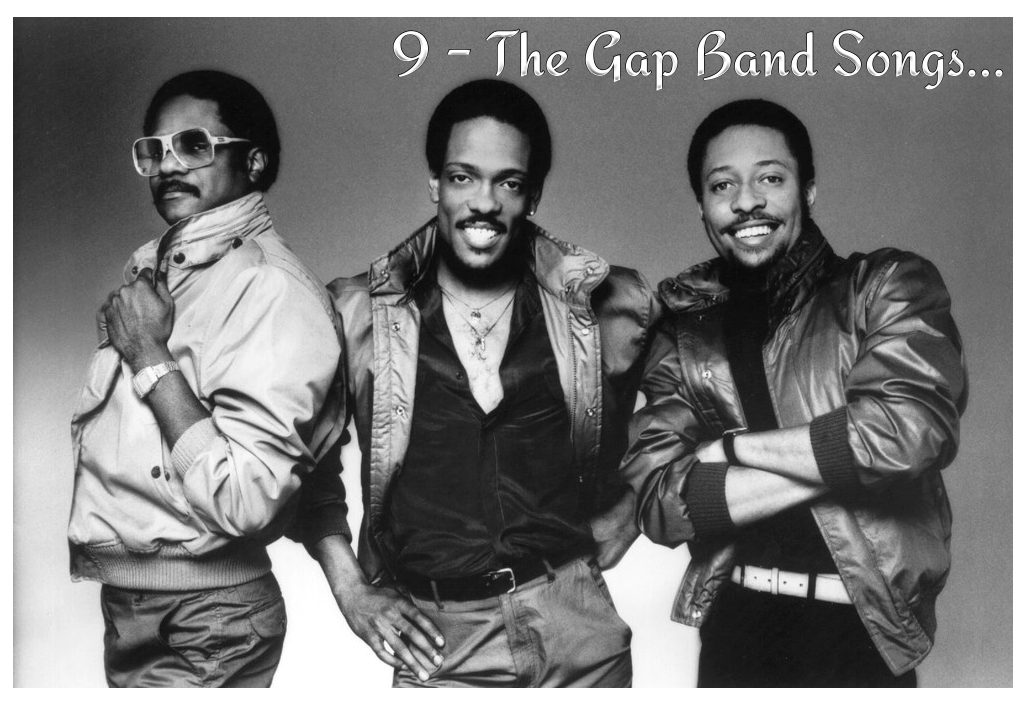
1. “Early in the Morning”
What makes “Early in the Morning” stand out in The Gap Band’s discography is its defiance of expectations. At the time of its release, fans were accustomed to the group’s high-energy funk bangers, but this track leaned closer to the rock-infused side of funk, positioning it alongside acts like Rick James and even crossing into territory reminiscent of arena rock. That bold opening guitar riff was a statement in itself—The Gap Band were not afraid to test the elasticity of funk.
Lyrically, the song balances heartbreak with empowerment. Charlie Wilson’s delivery transforms what could have been a straightforward tale of abandonment into an anthem of resilience. The story of a lover leaving “early in the morning” becomes less about wallowing and more about finding strength in the wake of loss. That emotional duality is why the track continues to resonate; it’s both a lament and a rallying cry.
The song’s influence has extended far beyond the ’80s. Hip hop artists like P. Diddy and Busta Rhymes have sampled its distinct riff and groove, cementing its place in modern music’s DNA. Sampling a track like this isn’t simply about nostalgia—it’s about tapping into a groove that feels eternal, one that’s impossible to replicate fully in a digital age.
Even in contemporary playlists, “Early in the Morning” doesn’t feel dated. Its genre-bending approach makes it adaptable to rock, funk, and R&B settings, while its emotional core continues to strike a chord. It reminds listeners that The Gap Band weren’t just funk specialists—they were musical alchemists, crafting songs that sounded just as daring in 1982 as they do in 2025.
2. “Shake”
“Shake” is pure kinetic energy bottled in sound. It captures that pivotal moment when funk was shedding some of its more psychedelic tendencies and leaning into raw rhythm and groove. With no elaborate storytelling or heavy studio polish, the track is all about body movement and instant connection between performer and audience.
The song’s structure itself is fascinating. Unlike some funk compositions that layered multiple chord changes and breakdowns, “Shake” thrives on repetition. That hypnotic loop is its genius—once it gets into your system, it doesn’t let go. The horns and rhythm section work in unison like a tightly rehearsed marching band that also knows how to party, pushing the energy forward without pause.
“Shake” also functions as a time capsule for The Gap Band’s live energy. Before their big ’80s hits, this was the kind of number that cemented their reputation as a must-see band. Listening to it today, you can almost feel the sweat, the flashing stage lights, and the crowd’s roar. It’s a track that demands not just listening but participation.
From a modern lens, “Shake” is an essential reminder of funk’s primal purpose: to generate movement. DJs who value crate-digging often resurrect it to ignite dance floors, and younger audiences discover in it a rawness absent from heavily produced club tracks. “Shake” is more than a song—it’s an initiation into the heartbeat of funk.
3. “Humpin’”
“Humpin’” is a case study in how humor, sexuality, and groove can merge seamlessly in funk. The Gap Band leaned fully into the playful side of the genre, delivering a track that was bold in name but slick in execution. Its cheeky premise was balanced by impeccable musicianship, ensuring it never devolved into novelty.
The instrumentation is classic Gap Band: a rubbery bassline, blaring horns, and a rhythmic pulse that seems to wink at the listener as much as it grooves. The call-and-response sections heighten the fun, making it feel like a shared joke between band and audience. This was music that invited people to let loose, laugh, and dance without inhibition.
In the 21st century, “Humpin’” takes on new significance. Amid digital-era club tracks that often rely on shock value or overproduction, this song’s organic joy feels refreshing. Its funk is unfiltered, its humor is infectious, and its beat remains irresistible. It reminds listeners that sometimes, music doesn’t need to be serious to be important—it just needs to bring people together.
Critically, “Humpin’” demonstrates The Gap Band’s balance of craft and charisma. The groove is airtight, the horn stabs precise, yet the vibe remains lighthearted and spontaneous. It’s this ability to straddle technical mastery and playful accessibility that keeps The Gap Band’s music in circulation decades later.
4. “You Can Count On Me”
“You Can Count On Me” reveals a side of The Gap Band often overlooked—their capacity to deliver tender, emotionally charged ballads. Coming from a group best known for high-octane funk, this song stands as a beautiful counterpoint, highlighting the Wilson brothers’ musical breadth.
Charlie Wilson’s vocal performance here is almost pastoral compared to his funk anthems. His voice softens into a reassurance, every line weighted with sincerity. The arrangement supports that vulnerability: smooth bass undercurrents, restrained keys, and delicate horn flourishes all designed to spotlight the vocal intimacy. It’s a masterclass in restraint.
Even in today’s musical landscape, the song’s message of reliability and devotion carries weight. Listeners across generations can connect with its themes, whether played at weddings, anniversaries, or simply during quiet nights at home. It’s the kind of track that transcends trends, grounded in universal truths about trust and love.
From a critic’s standpoint, “You Can Count On Me” underscores the artistic complexity of The Gap Band. Too often labeled as party kings, their catalog proves they could also craft ballads that stand shoulder to shoulder with the greats of R&B. This song affirms that funk bands weren’t confined to grooves alone—they could also capture the depth of human connection in its most delicate form.
5. “Open Up Your Mind (Wide)”
“Open Up Your Mind (Wide)” is a track that speaks to the idealism and creativity of the 1970s funk era. At its core, the song is an invitation to look beyond personal limitations and embrace the bigger picture—whether that meant spiritual growth, social awareness, or simply being open to new possibilities. It came at a time when funk was often more than entertainment; it was a form of cultural expression and empowerment.
Musically, the tune leans into the lush textures that would become hallmarks of The Gap Band’s early output. Horns blare with a sense of optimism, while the bassline provides an unshakable groove that makes the message feel urgent and joyful at once. Charlie Wilson’s vocal delivery feels almost like a sermon, reinforcing the song’s aspirational energy. This wasn’t background music—it was music designed to wake up the mind and spirit.
For today’s listeners, the song resonates in an entirely different but equally powerful way. In an era where conversations about mindfulness, emotional intelligence, and inclusivity dominate, “Open Up Your Mind (Wide)” fits seamlessly into modern playlists without sounding outdated. Neo-soul and conscious hip hop artists echo its call for awareness, showing how far ahead of its time it was.
Hearing this song in 2025 feels like a bridge across generations. It links the optimism of the 1970s with today’s hunger for growth and understanding, reminding us that music can be both funky and forward-thinking. It’s a gem in their catalog that proves The Gap Band could channel depth as easily as they delivered grooves.
6. “I Don’t Believe You Want to Get Up and Dance (Oops!)”
“I Don’t Believe You Want to Get Up and Dance,” often referred to simply as “Oops!,” is one of those tracks that defined The Gap Band’s ability to turn fun into a full-body experience. From its playful title to its iconic chant, the song is an irresistible mix of humor, groove, and audience participation. Few tracks in funk history have created such an instantly recognizable hook.
At first listen, it might seem deceptively simple. The chant repeats, the rhythm doesn’t stray far, and the band plays with playful banter. But within that framework lies a masterstroke. The hypnotic repetition makes it impossible not to join in—whether clapping, stomping, or echoing the chant. The Gap Band understood something essential: music isn’t just heard; it’s lived and shared.
The song’s impact has echoed far beyond its original release. Countless hip hop tracks have borrowed its chant or rhythm, carrying its playful defiance into entirely new genres. Yet even stripped of sampling or remixing, the original recording still bursts with life. Play it at a party today, and it feels as fresh as any modern club anthem.
More than a song, “Oops!” became an event, an atmosphere-maker that blurred the line between performance and ritual. It captured the communal spirit of funk: the belief that music isn’t meant to be observed but to be entered into. That’s why decades later, it’s still a staple for DJs who want to turn a gathering into a shared celebration.
7. “Outstanding”
“Outstanding” is one of The Gap Band’s most timeless contributions to music, a mid-tempo masterpiece that continues to thrive in spaces where joy, love, and unity are celebrated. Its very title sets the expectation, and the music more than lives up to it. This track has become a cultural staple, carrying equal weight in weddings, family barbecues, and even sampling culture in hip hop.
The arrangement is deceptively smooth. The bassline is relaxed but confident, the keyboards glide with warmth, and the horns add just enough punctuation to make the track sparkle. Charlie Wilson’s voice, however, is the centerpiece. His delivery is tender yet commanding, perfectly suited for a love song that feels uplifting rather than heavy.
Generationally, “Outstanding” continues to find new life. Rappers and producers in the ’90s and 2000s mined it for its groove, while today’s DJs use it as a guaranteed way to set a joyful tone. Younger listeners often discover it through those samples, then dive back into the original, realizing its brilliance hasn’t dimmed one bit.
What makes “Outstanding” endure is its universality. It speaks to the beauty of romance without being cloying, it’s groovy without being overbearing, and it brings people together without needing flashy hooks. It’s a perfect illustration of The Gap Band’s ability to create music that remains celebratory and vital long after its release.
8. “Yearning for Your Love”
“Yearning for Your Love” is one of those rare songs that has aged with grace, sounding as tender and moving today as it did when it first hit the airwaves. In this ballad, The Gap Band stripped away the excess of funk party anthems to reveal something pure and vulnerable—a raw confession of desire.
The arrangement is minimal, but that’s exactly its charm. Sparse guitar strokes and subtle keys set the stage for Charlie Wilson’s emotional delivery. His vocals walk the line between strength and fragility, perfectly embodying the yearning at the heart of the song. The simplicity allows every lyric and vocal inflection to carry weight.
Over time, “Yearning for Your Love” has become a touchstone for R&B artists looking to balance intimacy with musical sophistication. It’s been sampled by artists across genres, covered by singers chasing its emotional purity, and cherished by fans who see it as a soundtrack for romance. Its endurance proves that vulnerability in music never goes out of style.
Listening to it now feels almost cinematic—like watching a love story unfold in real time. It’s slow, deliberate, and immersive. The Gap Band here demonstrate that their artistry wasn’t confined to dance floors; they also had the power to soundtrack quiet, personal moments of longing and love.
9. “Steppin’ (Out)”
By the time “Steppin’ (Out)” arrived in the mid-1980s, The Gap Band had already proven their ability to dominate funk and R&B charts. What makes this track remarkable is how effortlessly they embraced the sonic shifts of the decade. Drum machines, synthesizers, and a sleeker production style were becoming the norm, and the Wilson brothers adapted without losing their signature groove.
The sound here is polished but never sterile. The bass still swings, the horns still pop, and Charlie Wilson’s vocals glide with unmatched charisma. The synthesizers give it a modern sheen, while the rhythm section keeps it firmly rooted in funk tradition. It’s the kind of song that felt like the future in 1984, and in many ways, it still does.
For modern listeners, “Steppin’ (Out)” works on two levels. It’s nostalgic, evoking images of polished shoes and bright lights on a dance floor, but it also plays well in contemporary “stepper’s sets” and R&B gatherings. Its groove feels ageless, showing how seamlessly The Gap Band bridged eras.
The song also reinforces the group’s adaptability. Where some funk acts faltered in the transition to slicker ’80s production, The Gap Band thrived, proving that they could evolve without losing themselves. “Steppin’ (Out)” remains proof that they weren’t just passengers in funk’s journey—they were drivers, steering the genre confidently into new territory.
The Gap Band’s legacy rests on more than just a handful of hits. Their catalog is rich, diverse, and brimming with tracks that can still command attention today. From playful funk anthems to heart-stirring ballads, they crafted music that transcended its era. Revisiting these nine songs isn’t just an exercise in nostalgia—it’s a journey through the genius of one of funk’s greatest bands. Their grooves continue to inspire, reminding us that great music doesn’t age; it evolves with every new generation of listeners.
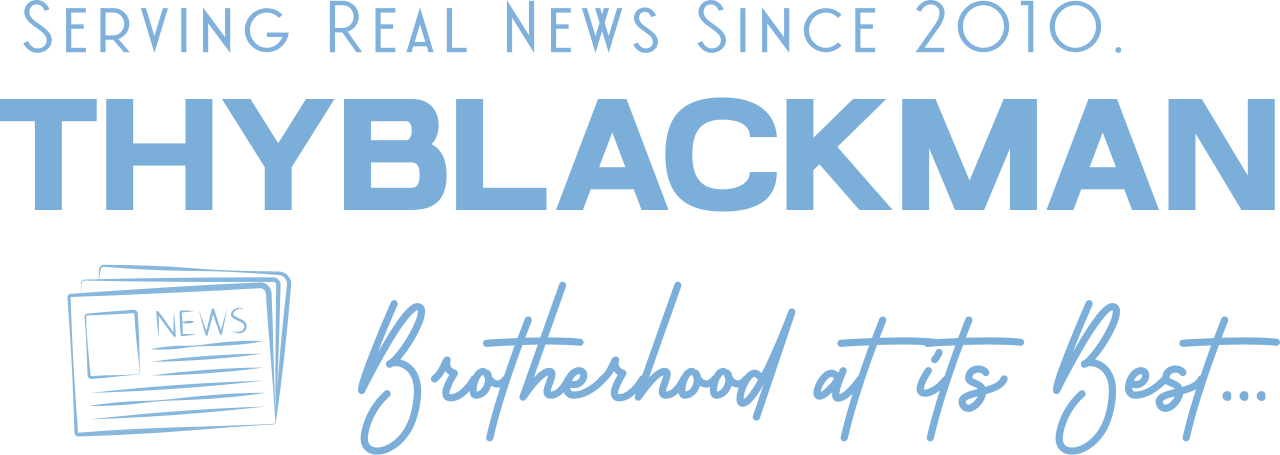












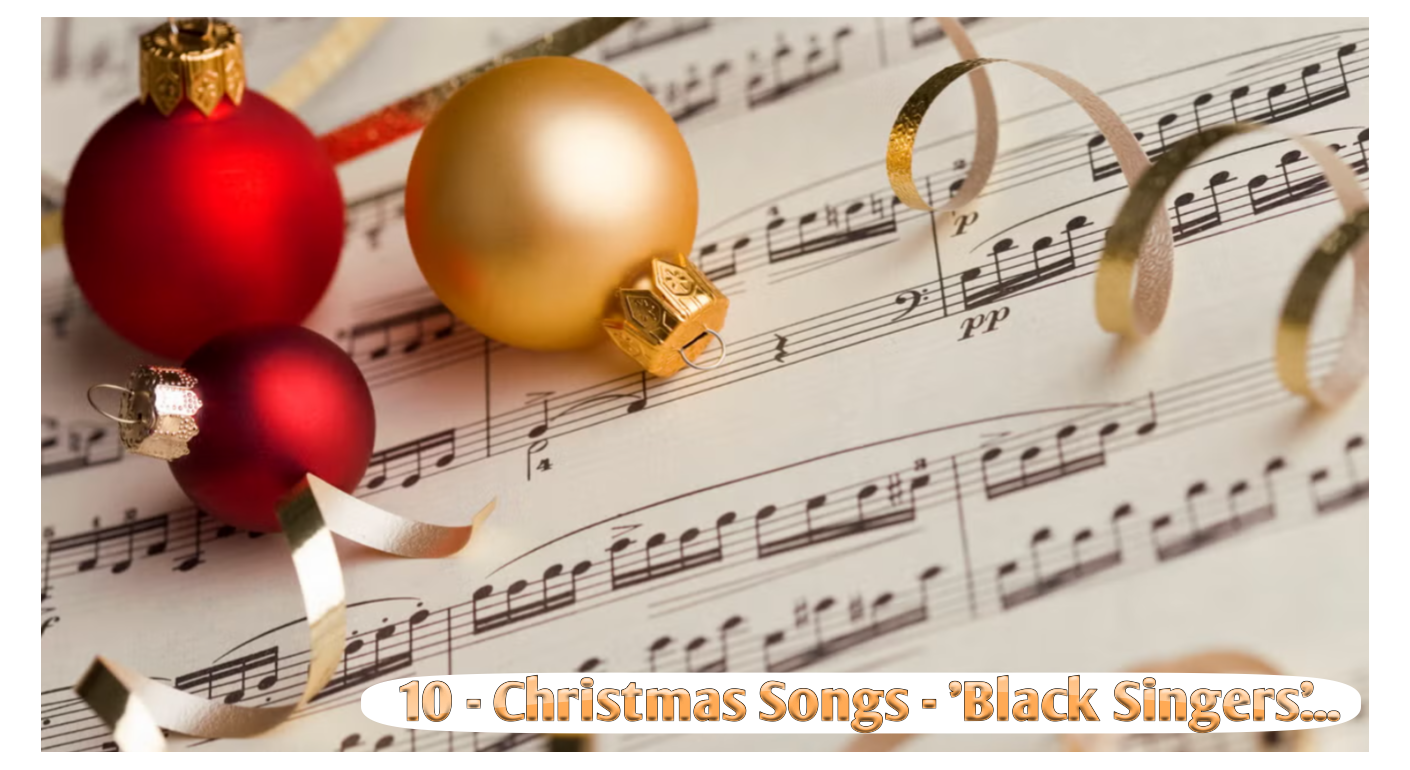

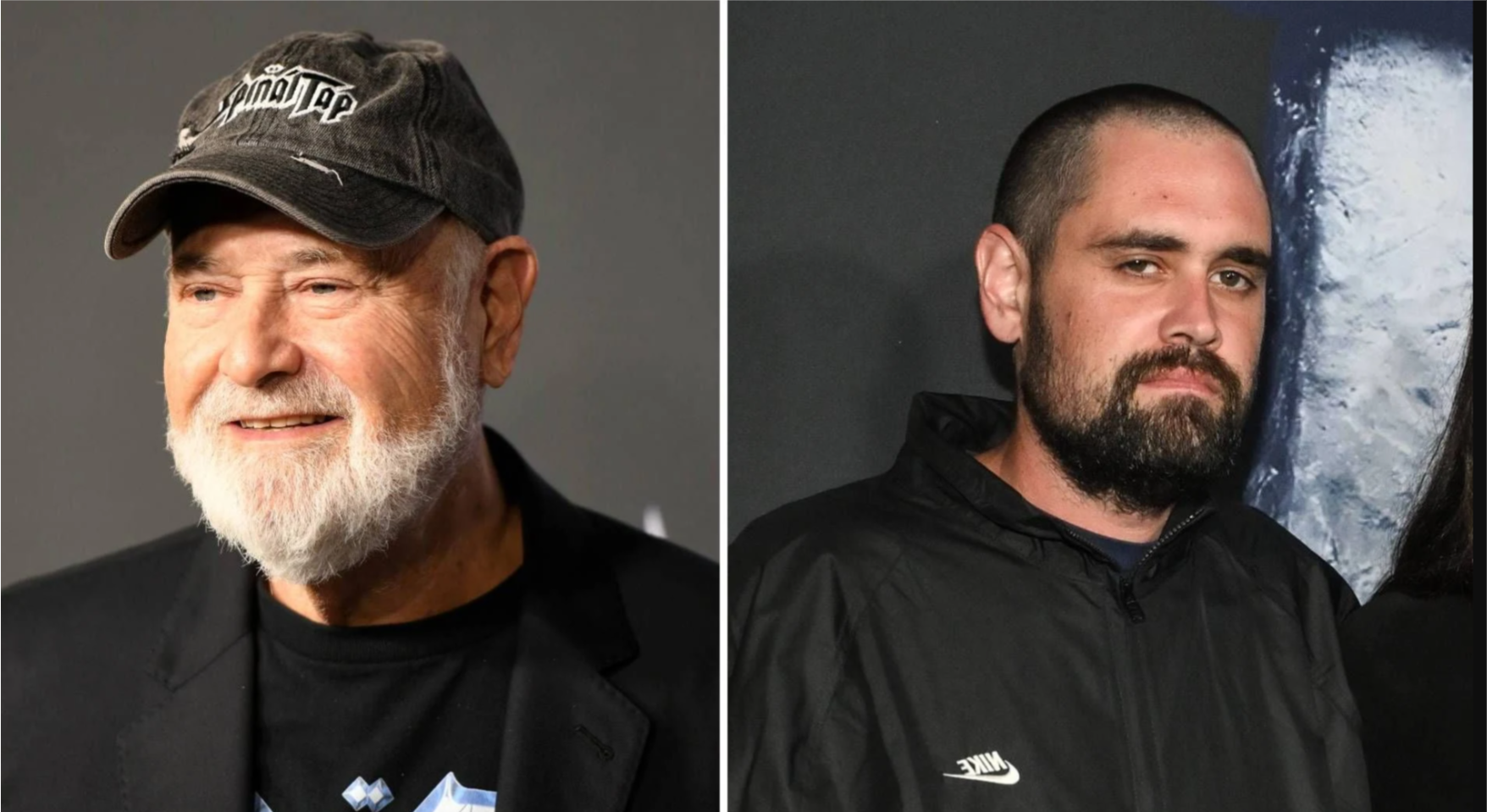
Leave a Reply